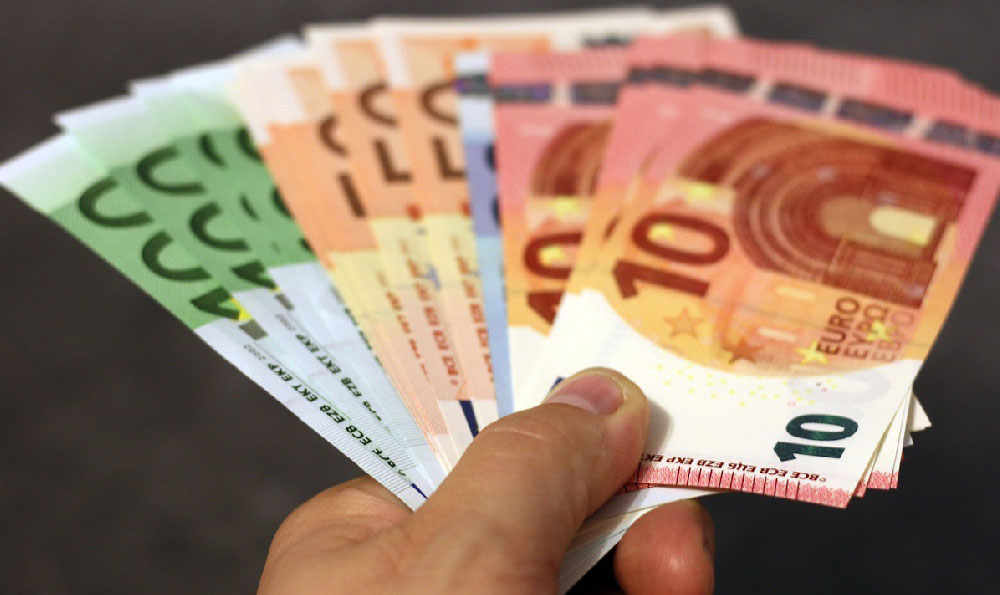DIY money roses, while visually appealing and potentially cost-effective, aren't necessarily "easy" in the truest sense. The difficulty level hinges on your crafting experience, patience, and willingness to learn. Someone with nimble fingers and experience in origami or flower arranging will likely find the process smoother than someone with little to no crafting background. However, with the right guidance and a bit of practice, anyone can create a beautiful money rose bouquet. The key lies in understanding the steps and being prepared for some initial trial and error.
The primary challenge arises from manipulating the delicate paper money. Bills are designed to resist tearing, which can make folding them into intricate shapes a little tricky. Furthermore, achieving a professional look requires consistency in folding and arranging the bills, something that takes time to master. Rushing the process can lead to crumpled bills and unevenly shaped roses, diminishing the overall aesthetic. Think of it like learning any new skill – baking, playing an instrument, or coding. The first attempt might be messy, but with dedication, the results will improve significantly.
Now, let's explore the steps involved in crafting a money rose. This isn’t a single, universally accepted method; there are variations, but the core principles remain the same. The most common approach involves creating individual “petals” from folded bills and then assembling them around a central stem.

First, gather your materials. You'll need crisp, new bills (choose the denomination based on your budget and desired bouquet size), floral wire (usually 18-22 gauge), floral tape, scissors, hot glue or glue dots (optional but helpful), and a pen or pencil for marking folds (optional). Consider using bills of the same series to ensure consistent size and appearance. While any denomination will work, using smaller bills like $1 or $5 notes makes the project more affordable, especially for larger bouquets. Using larger bills like $20 or $50 bills requires more caution and respect for the money being used.
Next, prepare the petals. Take a bill and fold it in half lengthwise. Unfold it. Now, fold each of the long edges to the center crease. This creates a thinner strip. Repeat this process a few times. The goal is to create a series of precise folds that allow you to shape the bill into a petal. How many times you fold each bill will dictate how thick or thin the resulting petal will be. Finer, more delicate petals will require more folds. Once folded, gently roll the bill to create a curve, mimicking the shape of a rose petal. Secure the base of the petal with a small piece of floral tape. Alternatively, you can use a tiny dot of hot glue to hold the shape, but be extremely cautious to avoid damaging the bill.
Repeat the petal-making process until you have enough petals for one rose. The number of petals needed depends on the desired size and fullness of the rose. A good starting point is around 7-10 petals per rose. Experiment with different numbers to find what looks best to you. You can even use different denominations of bills to add color and variety to your roses.
Now, assemble the rose. Take a length of floral wire and bend one end into a small loop. This will form the center of the rose. Attach the first petal to the wire loop using floral tape. Wrap the tape tightly around the base of the petal and the wire. Add the remaining petals one at a time, overlapping them slightly to create a rose-like shape. Adjust the petals as you go to achieve the desired fullness and arrangement. Continue adding petals until the rose reaches the desired size. As you add each petal, think about how a real rose is structured. Observe real roses to get a sense of how the petals curve and overlap. This will make the process easier.
Once the rose is assembled, wrap the entire length of the floral wire with floral tape. This will create a smooth, professional-looking stem. You can also add faux leaves to the stem for a more realistic touch. Secure the leaves with floral tape or glue.
To create a bouquet, repeat the above steps to make multiple roses. Arrange the roses in a vase or wrap them together with ribbon and floral paper to create a beautiful and unique gift. Consider adding other decorative elements, such as baby's breath or greenery, to enhance the bouquet's aesthetic appeal.
While the steps outlined above provide a general guide, remember that crafting money roses is ultimately a creative endeavor. Don't be afraid to experiment with different folding techniques, petal arrangements, and decorative elements to create your own unique designs.
Consider these tips for a more successful DIY money rose experience:
- Practice makes perfect: Start with practice bills or scrap paper before using real money. This will help you get the hang of the folding techniques without risking damage to the bills.
- Be patient: Don't rush the process. Take your time and focus on creating clean, precise folds.
- Use quality materials: Invest in good quality floral wire, tape, and other materials. This will ensure that your roses are durable and long-lasting.
- Protect the bills: Handle the bills with care to avoid tearing or creasing them. Consider wearing gloves to prevent oils from your hands from transferring to the bills.
- Get creative: Don't be afraid to experiment with different designs and arrangements. There are countless possibilities when it comes to crafting money roses.
In conclusion, while not inherently "easy," crafting money roses is a rewarding and achievable project with patience, practice, and the right resources. The finished product is a thoughtful and unique gift that is sure to impress. The steps are simple, but achieving perfection requires dedication and an eye for detail. Remember to be mindful of the money you are using and treat it with respect throughout the crafting process. With a little effort, you can create a beautiful and memorable money rose bouquet.












